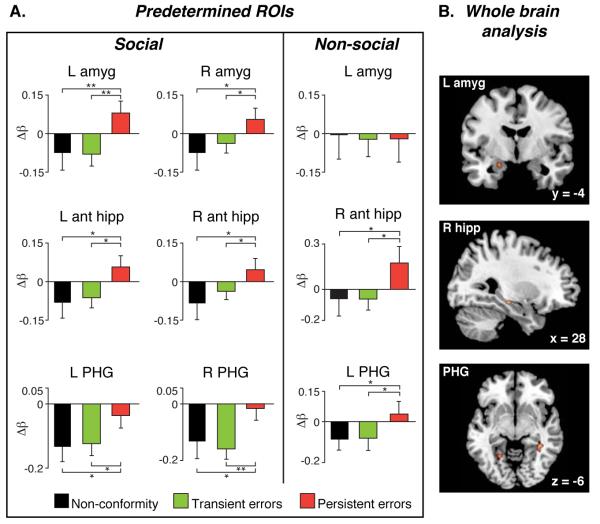Fig. 3. MTL activation during manipulation predicts long-term socially-induced memory errors.
(A) BOLD signal in anatomically a-priori defined MTL regions. L, left; R, right; In the social manipulation, enhanced activation was found during trials that subsequently resulted in persistent errors relative to all other conditions in the bilateral hippocampal complex and amygdala. In the non-social manipulation this pattern was evident in the hippocampal complex but not in the bilateral amygdala (B) Whole brain exploratory analysis in the social manipulation (p < 0.001, k > 10) revealed greater activity in persistent error versus transient error in the left amygdala, right hippocampus, right PHG and left PHG bordering on the occipital lobe. All areas also survived small volume correction for multiple comparisons (family wise error < 0.05). The baseline in all figures is the no-manipulation condition. (* p < 0.05 ** p < 0.005)

